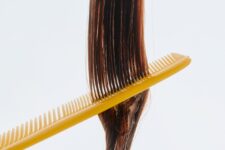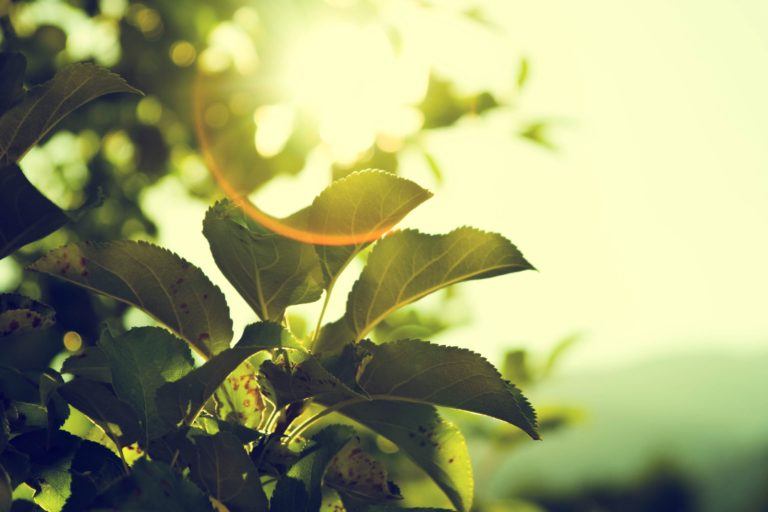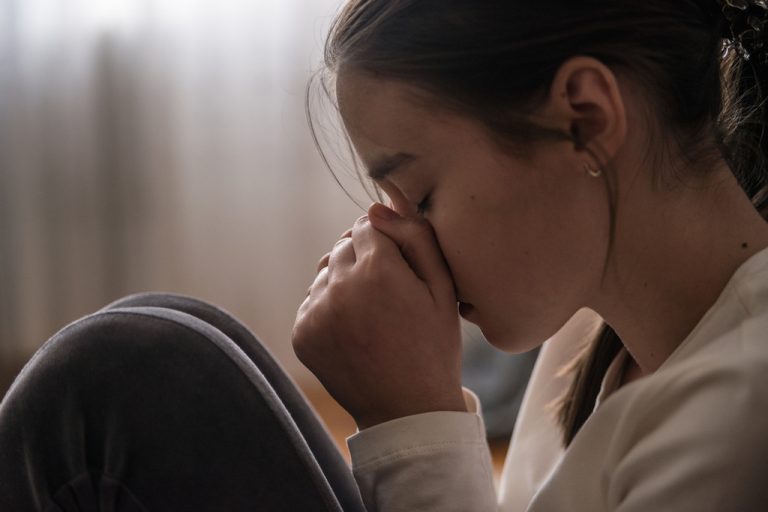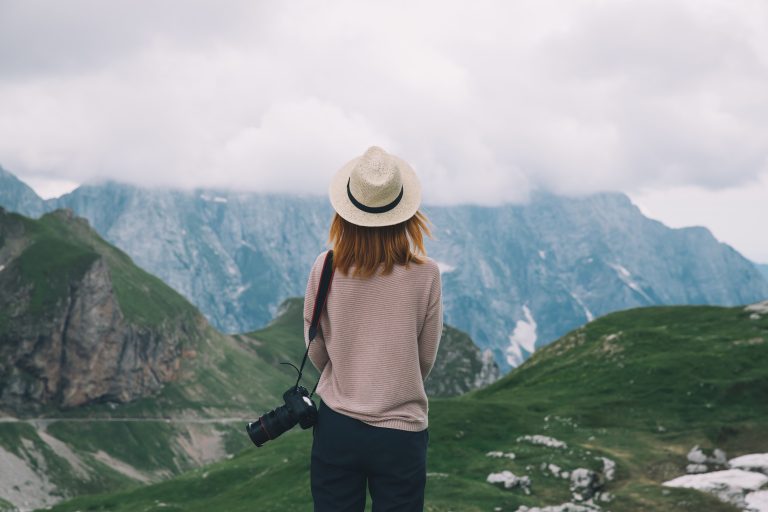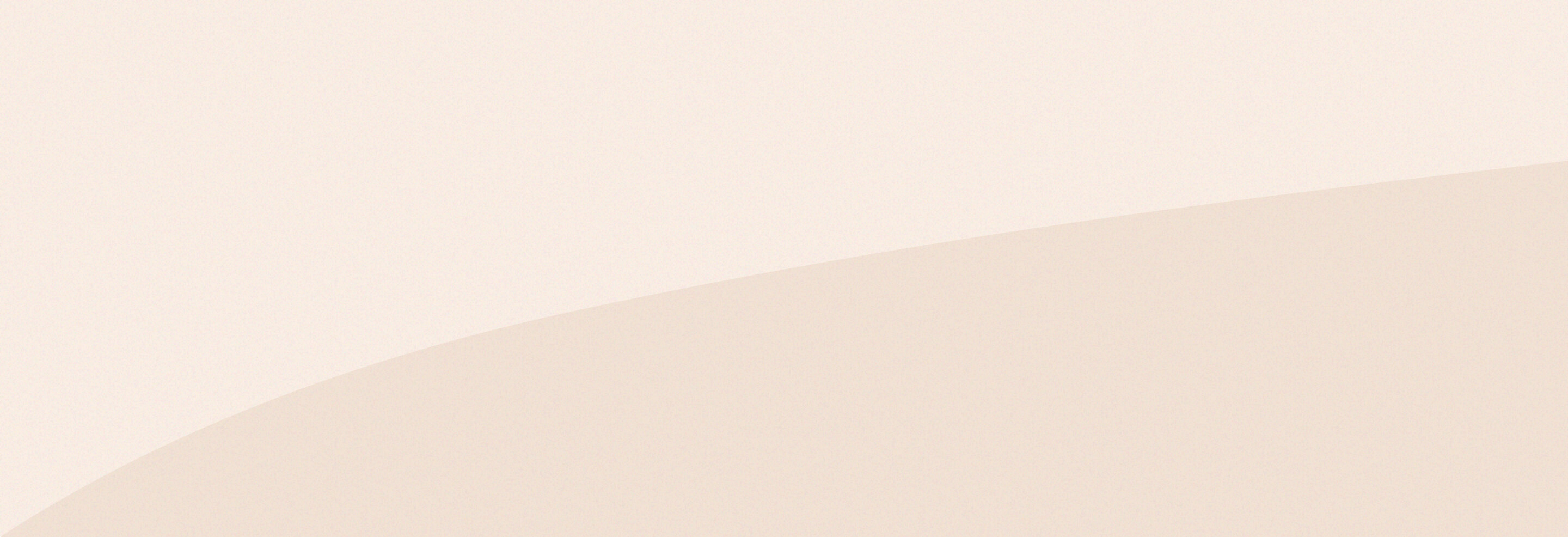This is the second part of the Yinova Center First Aid Essentials series is focusing on Sprains and Strains. This post is for anyone who has ever run, jumped, danced, rode, or landed. In other words, this could help all of us in the, hopefully not so near, future!
Let’s start off by clearing up the meaning of the terms I’ll be using because it can get confusing.
Sprain
A sprain is a stretched or torn ligament, and ligaments are tissues that connect bones at a joint. Falling, twisting, or getting hit can all cause a sprain.
Strain
A strain is a stretched or torn muscle or tendon. Tendons are tissues that connect muscle to bone. Twisting or pulling these tissues can cause a strain. Strains can happen suddenly or develop over time. Back and hamstring muscle strains are very common and most often the result of playing sports. Symptoms include pain, muscle spasms, swelling, and trouble moving the muscle.
I am now going to go over several different ways and several different methods that you can use in order to help that sprain.
First Aid
The acronym we use for the first aid management of strains and sprains is R.I.C.E.
- Rest injured area
- Ice
- Compress the area by wearing an elastic bandage or another compression device
- Elevate the limb
Over the counter pain medication such as ibuprofen for muscle spasms or acetaminophen for inflammation. Yes, even acupuncturists can use these. When taken as directed they can be fast and effective. If they’re not working, or if you find yourself taking more than the label says, talk to your doctor.
Herbs
Topical herbal application is very important though internal treatment is critical as well to address the healing circulation. There are two ways to use herbs:
Externally, we have liniments, poultices, powders, plasters, soaks, and more. Some herbs you could use for this would be Die da jiu (rhubarb, gardenia, frankincense, myrrh, safflower) Zheng Gu Shui is readily available though there are also many secret formulas that have been handed down over the centuries
Internally, there are classic formulas or combinations of herbs that help heal injuries. (Among them there are even herbs for different areas of the body and different depths of injury). Some internal methods would include ingesting pills that assist the body’s healing process. You can also utilize movement to keep the rest of the body from seizing up.
Eastern Remedies
- Turmeric Paste: The spice turmeric, which is often used in Indian food, is a great natural pain reliever because it has anti-inflammatory properties. As an ingredient in a topical “paste,” it has been used since ancient times as a natural treatment for strains and sprains.
- Honey: Combine 1 tsp of honey add 1 tsp of lime juice. Massage this mixture on the affected area to treat sprains.
- Lavender Oil: In a bowl of warm water, put a few drops of lavender oil. Soak the sprained area in this water.
- Coffee: For a sprain, the best bet would be to put a tbsp of black coffee in the bandage and wrap the hurt area with it.
- Onion: Chop onions and wrap them in a muslin cloth. Place the cloth on the affected area.
Additional treatment for these injuries may be required, such as an ankle cast and/or crutches for a severe ankle sprain. In some cases, a sprain or strain is so severe that surgery is necessary to repair the torn ligament or tendon. Physical therapy and rehabilitation exercises are often recommended.
Caring for summer’s minor mishaps


